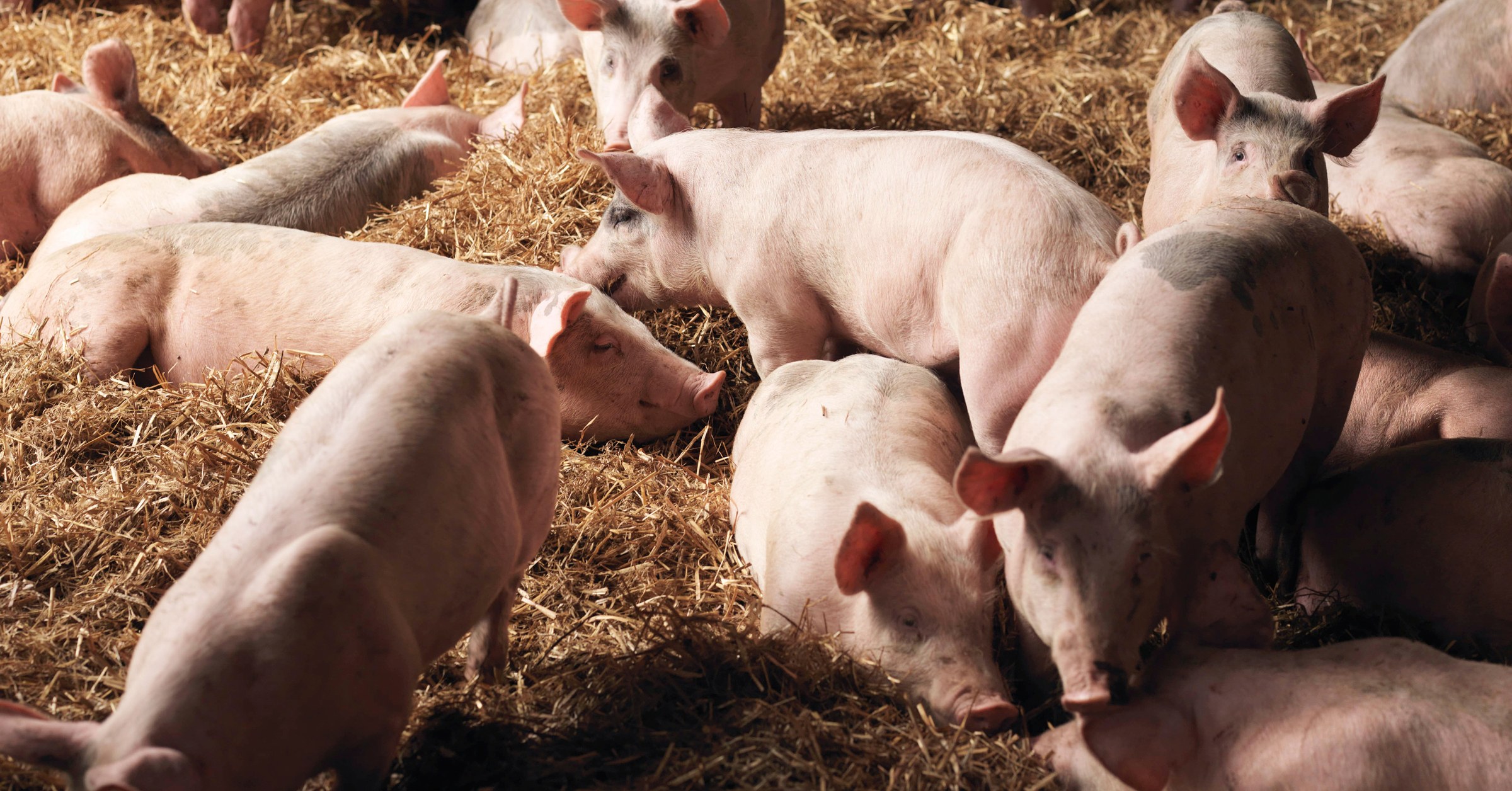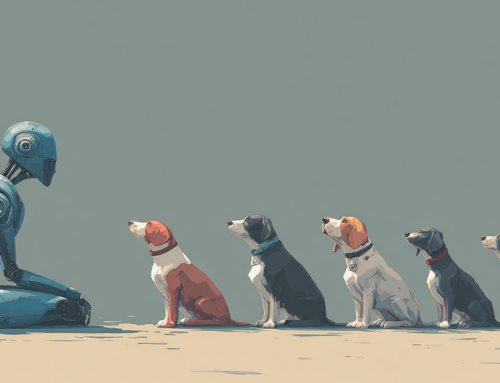
Pigs are the key to a robotic treatment that will help a child’s esophagus grow.
Porcine Test Subjects Assist in Developing Solution for Child Patients
From Victorian era ear horns and peg legs to jointed prosthesis and hearing aids, technology has solved many of the medical issues humans have spent centuries on. The earliest vaccines, where children in Europe were first to have small wounds scratched open on their skin and daubed with the fluid from a yellow fever pustule to inoculate them, to the current state of designing flu vaccines on a yearly basis⎯some human diseases are nearly eradicated. Pigs and humans have many compatible medical and chemical features that enable replacing a human heart valve with a pig valve, saving countless lives. But the use of pig parts is about to get an upgrade.
Most recently, porcine parts have been tested in an effort to find a way to elongate a short esophagus in a human child.
The pig looks like any other pig, only it’s been wearing a backpack for a week—in the name of science. Just behind its head sits a control box, with a battery and processor, from which runs a cable that enters through the pig’s flank. Once inside, the cable attaches to a very special robot clamped onto the pig’s esophagus, the pathway to the stomach. Little by little, the robot lengthens, in turn lengthening the tube. The robot attached to a segment of esophagus. This pig doesn’t necessarily need a robot tugging on its esophagus, but children born with a section of theirs missing, a disorder known as esophageal atresia, may in the near future.

The robot attached to a segment of esophagus. photo by: DAMIAN ET AL.
Trying to elongate a body part for a human, much less a child, is extremely difficult under the best of circumstances. This advance in medical robotics is being tested on the pig so that it can be duplicated successfully in a child. Currently, the esophagus must be stretched outside of the body in an inefficient and uncomfortable way. The new technology will make it safer and more comfortable for children. The same robotic technology could be used to help children with birth defects in their colons, as well.
“Yeah, and pigs might learn to fly, too,” you might say. With the advances in technology, anything is possible.







Leave A Comment